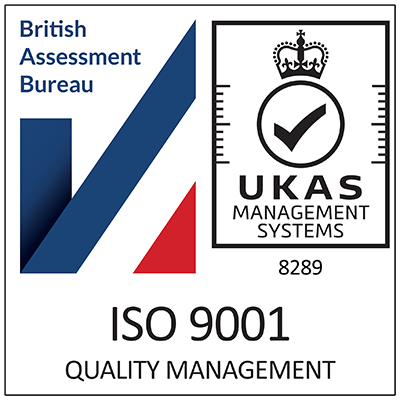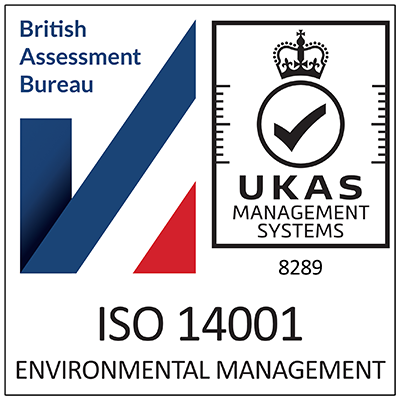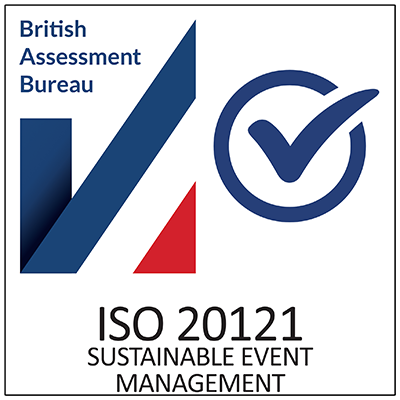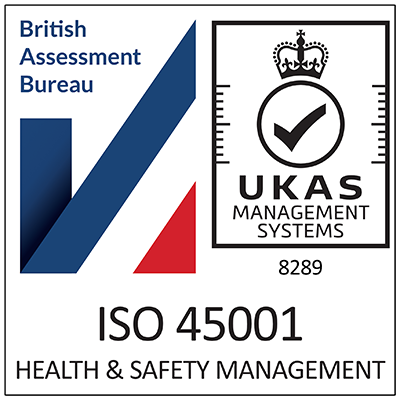Opinion
ROI - Balancing the immediate and the visionary.
It’s time to be visionary about value – because ROI is missing the point.
We live in an era of instant gratification.
Groceries are chucked on motorbikes and sped over in as little as 10 minutes. An outfit for Friday night is ordered at 11pm and lands on the doorstep the next day. We post on TikTok and expect to become viral sensations overnight.
It makes sense then that clients looking to engage and inspire audiences at live events approach success with much the same mindset.
They collect in-the-moment metrics like how many people were in the room or how long they dwelled in particular areas. They gauge audience satisfaction on in-app questionnaires pinged to attendees as they make their way to the exit. And they insist on developing this into a crude measure of Return on Investment (ROI) to take to senior leadership.
But doesn’t this completely miss the point?
When it comes to whether or not clients eked out value from their investment in live events, ROI only tells a fraction of the story.

The magic of live experiences lies in their capacity to transform how we think, feel and behave.
Let’s remember, live events and experiences are unique within marketing and communications. Though they can deliver that in-the-moment enjoyment, inspiration or insight which might be captured on a feedback form, the best ones do so much more.
They can deliver improved employee retention, build brand advocacy or increase likelihood to purchase. They can nudge behavioural changes or completely overhaul the perception of a brand. In fact, it’s in driving this type of long-term, qualitative and emotive impact that the magic of live events really happens. It’s that which clients should be paying for.
This is the moment for us to be visionary. To help our clients lift their gaze beyond the immediacy of data points and quick hits, and to focus instead on the longer-lasting effect of creating something meaningful for their audiences.
But these sorts of changes don’t happen overnight. They aren’t reflected by heat mapping how long attendees spend at each stand or by cornering them with a clipboard and a few surface-level questions as they leave.
Instead, these changes take time to percolate, often only emerging much further down the line.
It could be the sights, sounds and smells that someone encountered at an event triggered six months later. It could be a dopamine rush when they spot a brand on a supermarket shelf that left them invigorated at a branded experience last year.
Yes, we understand that marketers are under huge pressure right now to calculate the value of their investment in terms of pounds and pence. And do so at speed. But we also know that using ROI to measure these subtle behavioural shifts is virtually impossible.
So, what’s the solution?
Look, it’s important to say that we don’t have a silver bullet hidden up our sleeve. We aren’t claiming to have all the answers.



It’s in driving this type of long-term, qualitative and emotive impact that the magic of live events really happens.
But we do believe the industry needs to start having the conversation, and to start interrogating whether or not it’s time to nudge our clients away from ROI altogether, and toward a more valuable tool to gauge whether or not their audiences acquired true value from an event.
From our perspective, there are a few incremental changes that feel like good starting points.
First, let’s encourage clients away from a siloed, quick fix view of the value of events, and toward longer-term goals.
Let’s work with them at the outset to develop a richer, more ambitious set of KPIs that position the audience as the North Star and reflect the longer timeframe we need to gauge impact on them.
Do they want to shift perceptions? Are they looking to grow brand loyalty? Do they want to create a greater sense of unity and belonging?
Then, let’s work with them to develop more accurate ways to gauge whether or not these have been achieved.
Could they sit down with a cross-section of attendees after an event to drill down into their feelings about the brand or employer several months later? Could they find ways to replace those uninspiring questions on feedback forms with a more phased way to track how perceptions might have shifted, looking at before the event, directly after and perhaps even a year down the line? How can they understand the impact of an event and attribute its impact as part of their wider marketing efforts too?
After all, context is everything. We know that the comms in the lead-up and follow-up to an event can be just as critical when it comes to getting the core message across. If employees are inspired by a programme of communications setting out the organisation’s values for three months leading up to the annual conference, then these are far more likely to resonate when they’re repeated by the CEO up on stage, for example. By evaluating the event in silo, we fail to reflect the fact that events are part of a toolkit deployed by marketing and comms teams, rather than isolated activations.
The bottom line is that we need deeper, more transparent relationships with senior marketing and comms stakeholders to really understand their business strategy and commercial vision before these are boiled down into intangible KPIs and fed into a meaningless measure of ROI.
Perhaps it’s even time we ditched ROI all together and began encouraging our clients to think in terms of ROE – return on engagement – instead.
We need to remember that the magic of live experiences lies in their capacity to transform how we think, feel and behave. So let’s be visionary about the metrics too – and capture what truly matters.










